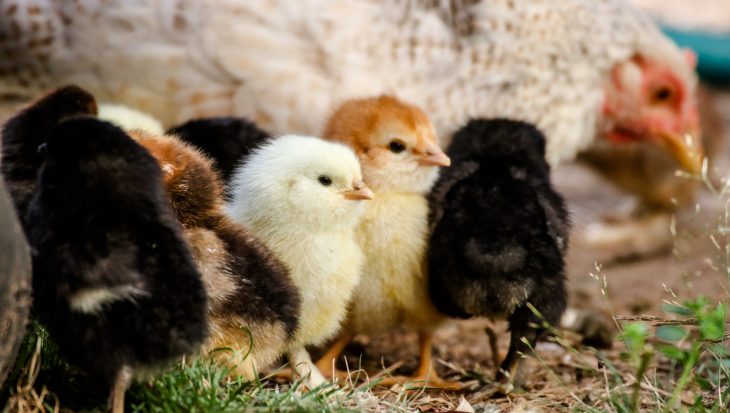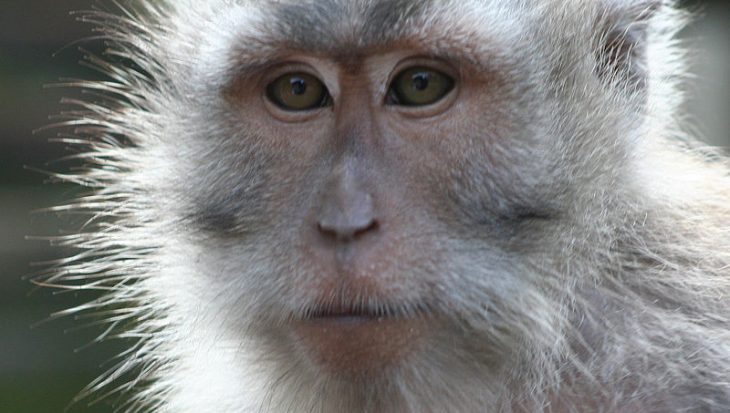While rodents are not yet gnawing through scientists’ paperwork, laboratories worldwide are suffering from a rat problem on a scale that would defeat the Pied Piper. The next round of genetic research requires vast numbers of rodents, and storage facilities are already full to bursting.
But there was little sign of the impending crisis in last week’s report on animal experimentation by a House of Lords committee, which called for more openness and public debate on the issue. [See also Animal Aid’s comment.] Nor was there any serious consideration of whether massively increasing the amount of research on genetically modified animals is the best way to improve our health.
The committee found that while all experiments were down slightly, to 2.62 million, those on genetically modified animals had risen slightly, to 631,000. But a recent article in the science magazine Nature shows this to be a drop in an approaching torrent. Investigations into links between genes and disease in European and American laboratories could end up using more than 60 million genetically modified mice.
The foothills of this mouse mountain are already visible. A state-of-the art facility in Houston, complete with robotic cage-washers, opened two years ago with space for 40,000 cages. By next spring it will be full. In Germany a new centre for 8,000 mice is already packed, and a second “mouse house” doubling capacity opens in October and will be full within a year.
The problem lies in the mathematics of genetic research. A mouse has about 30,000 genes, many of which are shared with human beings. To find out what each one does, scientists breed a strain of mice with a gene knocked out. To keep a strain going you need several hundred animals. But what researchers really want to investigate are the variations of each gene. Allow for five mutations per gene and, according to the director of a leading French lab, you easily arrive at 60 million animals.
And it gets worse: you can insert human genes into a knockout strain or disable genes at different stages in the mouse’s life. The variations may be infinite. But according to Professor Chris Higgins, the director of the UK’s Medical Research Council’s Clinical Science Centre, things have been exaggerated. “When you use genetically modified mice you can be more precise, so we will use fewer animals. Besides, certain genes are far more important for human health than others, so our funding bodies will demand that we concentrate on those,” he says.
Freezing eggs and sperm more effectively may help. But research scientists are worried. A laboratory in Maine that is the main American repository for mutant mice can accept only 70 new strains a year. Even ignoring half the mouse genome will not solve that problem. So why not build mice cities? The benefits of mice whose genes are genetically tinkered to mimic human disease will be huge, or at least that is the assumption. The debate the Lords called for is usually cast in terms of misguided animal lovers versus realistic researchers. “Nobody likes doing animal research,” says Professor Higgins, “but it is the only way to get the information we need. You can’t dissect schoolchildren.”
But some eminent scientists doubt how useful such research is. Even a mouse with a mutated human disease gene rarely reproduces the human condition.
‘Giving cancer to lab animals will not help us to understand the disease or help treatment’
Albert Sabin, the developer of the polio vaccine, says: “Giving cancer to laboratory animals does not help us to understand the diseases or to treat people suffering from it.”
Cancer cures are a big focus of this research, so a similar opinion from Irwin Bross, a former director of the Memorial Sloan Kettering cancer research centre in New York, is telling. “Conflicting animal results… have never produced a single substantial advance either in the prevention or the treatment of human cancer,” he told a congressional hearing as far back as 1981.
But maybe the new genetics has changed things? Not according to Dr Richard Klausner, the director of America’s National Cancer Institute: “The history of cancer research has been the history of curing cancer in the mouse. We have cured mice of cancer for decades and it simply didn’t work in human beings.”
These quotes are all taken from a document put out by the anti-vivisection group Animal Aid (www.animalaiduk.com). It is, of course, partisan, but its arguments are bolstered by references to more than 120 scientific papers. Dozens of examples are given of studies that seem unlikely to bring health benefits. One involved putting a gene for Alzheimer’s disease into mice and discovering that if they were starved and subject to “restrain stress”, they showed “severe hypoglycaemia”. “Clearly a useful indicator that we should not starve or tie up patients with Alzheimer’s,” the author says.
Even if swapping genes with mice did mimic a human disease, virtually none of the genetic research takes account of the animals’ psychology. Plenty of human studies show that our moods have a huge impact on the way we handle disease, but it seems likely that the subjects of these experiments have literally been driven mad.
Investigations into links between genes and disease may end up using more than 60 million genetically modified mice
A paper earlier this year in Nature reported that the behaviour frequently seen in lab animals is a sign of brain damage. The journal speculated that this could be the result of a lack of stimulation. Genes and the environment endlessly interact. It is worth asking how valuable the results of genetic studies on crazed animals will be.
All the same, the genetic research programme will reveal much about how we function on a molecular level. Professor.Higgins is unworried by the fact that effects of genes in animals do not mirror that in humans.
“Mice don’t develop cystic fibrosis as seriously as humans, but it is the different way they respond to the cystic fibrosis gene that gives us clues about how to combat it. The drugs in trial at the moment could not have been developed without animal work,” he says.
Since drug companies provide so much funding, the research tends to focus on finding new drug targets. But is this the best way to improve our health? Writing recently in the journal Science, Professor WaIter Willett, of Harvard School of Public Health, said: “Modifiable behavioural factors, including diet, being overweight, inactivity and smoking, account for 70 per cent of strokes and colon cancer, 80 per cent of heart disease and 90 per cent of adult onset diabetes.” Might more funding for non-drug lifestyle treatments be more cost-effective?
Rats and mice have always been seen as a health hazard; maybe in the lab they are.
This article was written by Jerome Burne, the editor of the newsletter Medicine Today.
Action

